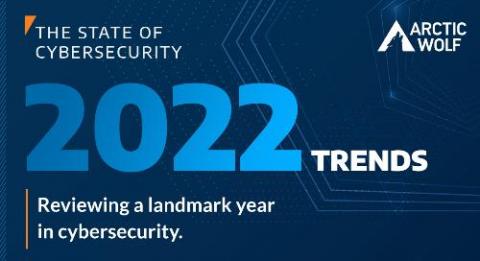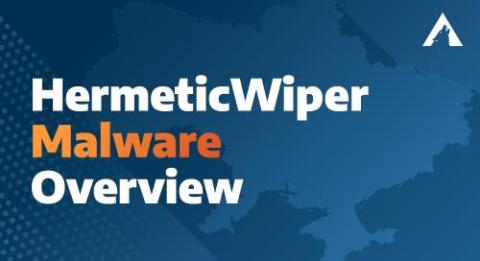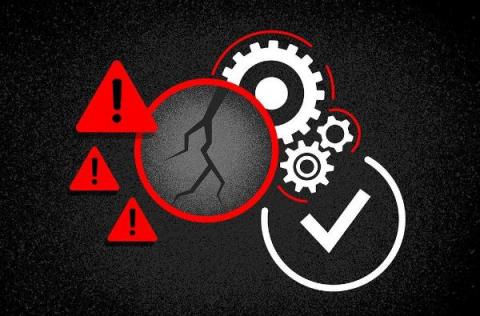The 7 Signs of SOC Misalignment
When it comes to maintaining your car’s performance, getting regular wheel alignments can prevent uneven braking, reduced fuel efficiency, and accelerated tire wear. For all four tires to work together, traveling in the same direction, proper alignment is vital. So, too, it is for the modern SOC. Or at least it should be.











